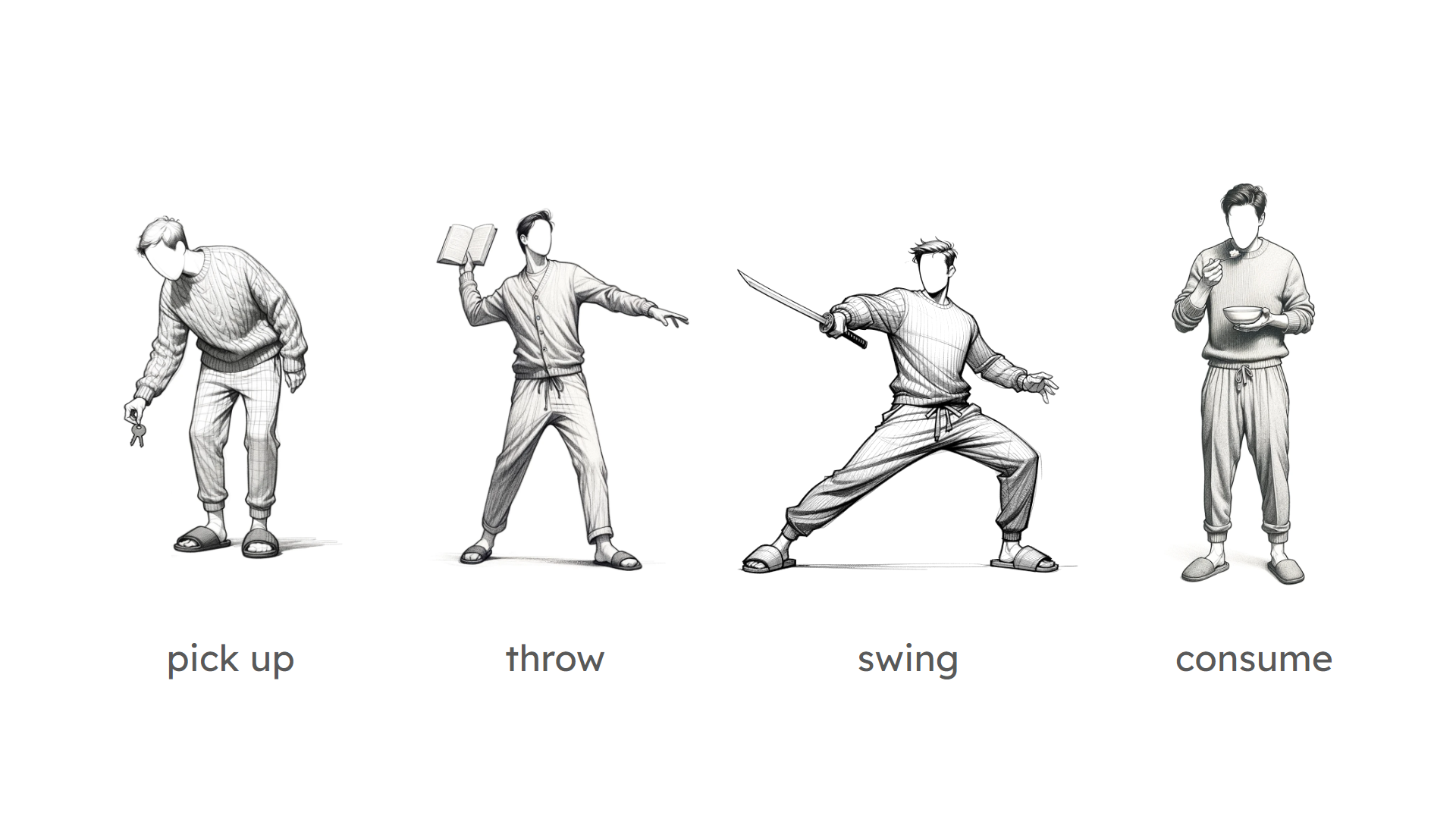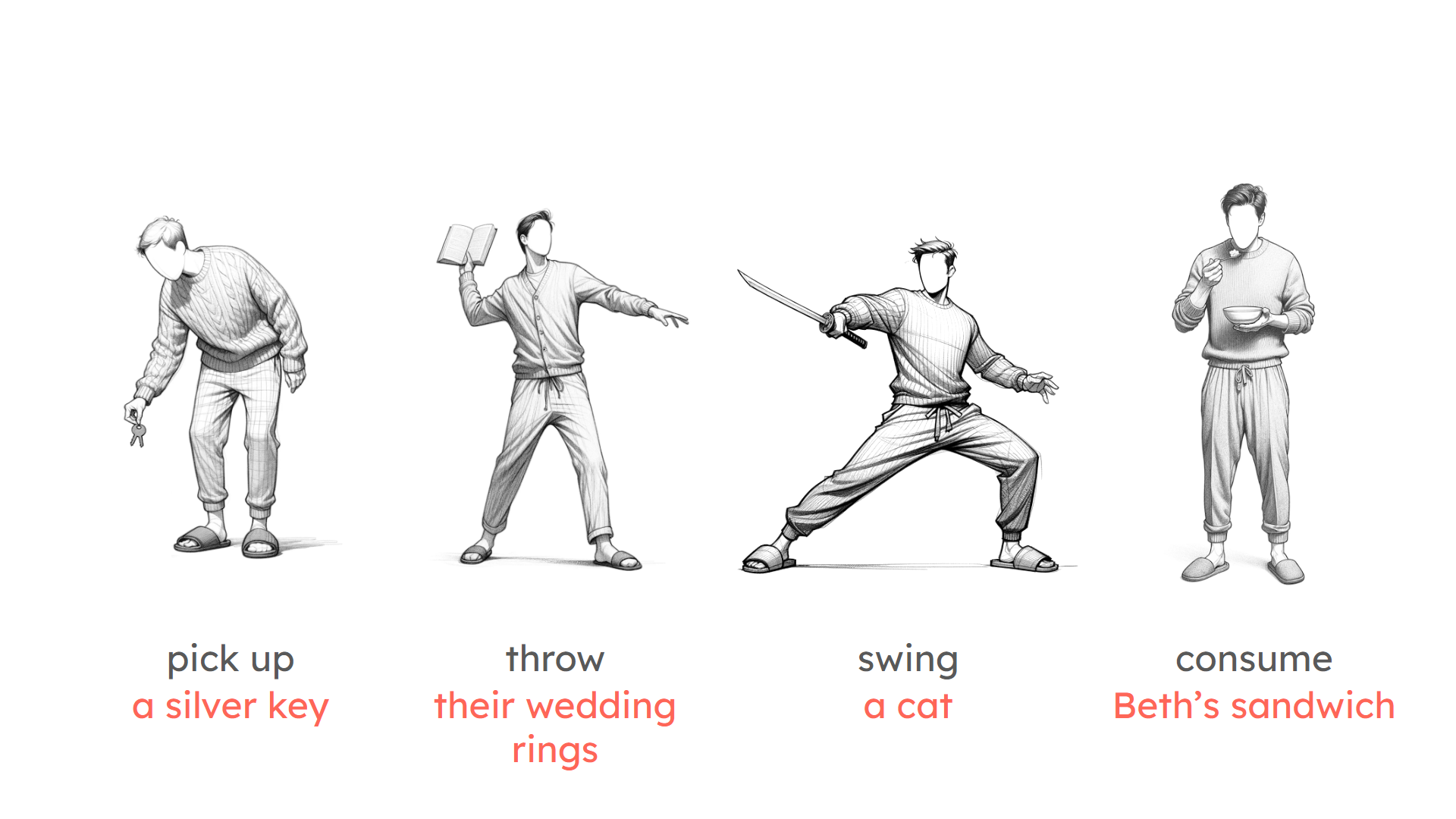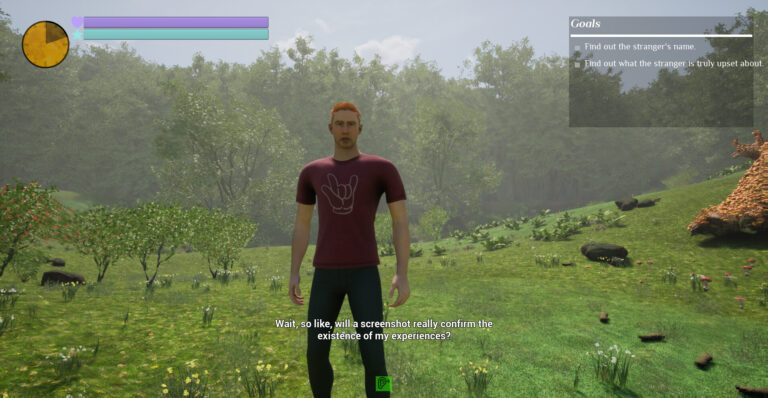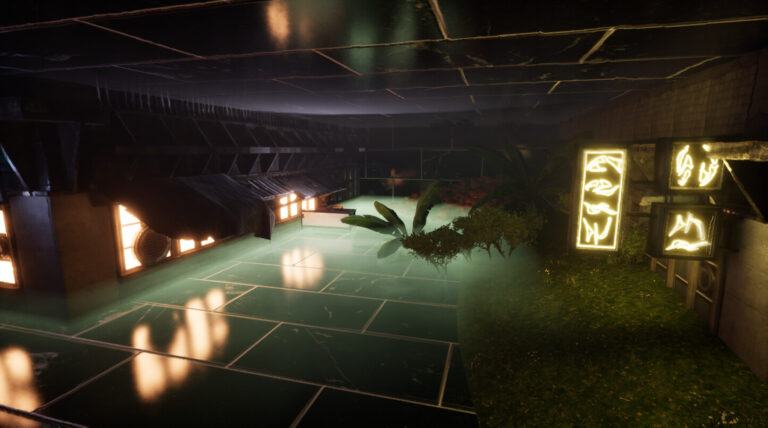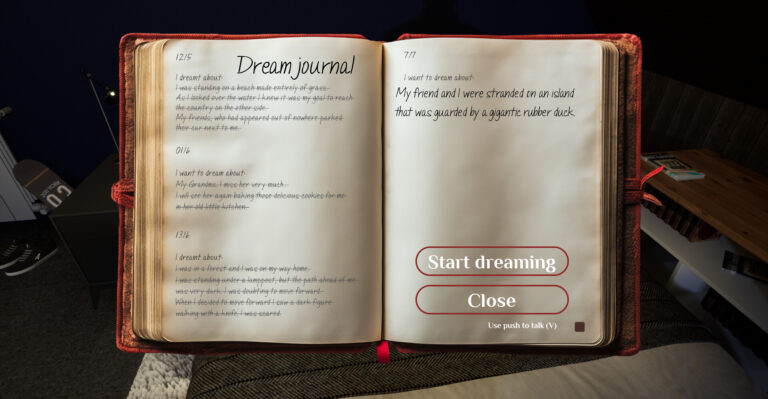
An action-adventure game with emergent puzzles and social deduction elements; it is the world’s first full AI tech stack-supported game.
Prepare

Pen the dream you wish to explore.
Explore

Collect clues, items, and weapons; every action morphs the dreamscape.
Confront

Confront your nightmares using story knowledge, or cold steel.
Making humanly
AI agents
The game responds to every player action; NPCs might scowl if you stare at their food, plants may grow if you drop an apple, etc. Therefore, there isn’t just behaviour in NPCs, but also objects, environments and even game scenarios.
My responsibility was to make sure the AI judges it the most humanly, dream-like and game-mechanically correct as possible.
All actions are logged into a file, which the AI then reads and judges.
Here is a simplified example how I set up a judgement process using Microsoft AutoGen:
Next, I create the User Proxy; when agents require certain information, the User Proxy reviews its list of functions and their aims for a match.

This function is dedicated to opening the goal file. Notice how there is no description about goal tracking itself; the fetching agent ‘knows’ what to look for.

Lastly, you put these agents in a ‘groupchat‘ with a common goal. Based on this, the AI will return an actionable result.

Character creation
LLM Research
One of the In order to do X, I needed to research LLMs:
- Which existing LLMs work well for our use-case?
- What functionalities should we keep in mind for building our own model?
- How do you prompt each character to meet your game mechanic’s specific technical requirements?
Looked into several models, such as Llama, Anthropic’s Claude, OpenAI’s ChatGPT, Pi, etc.

Character creation

To make real-time conversing NPCs, we used a third-party tool, in which I set up parameters and behaviour.
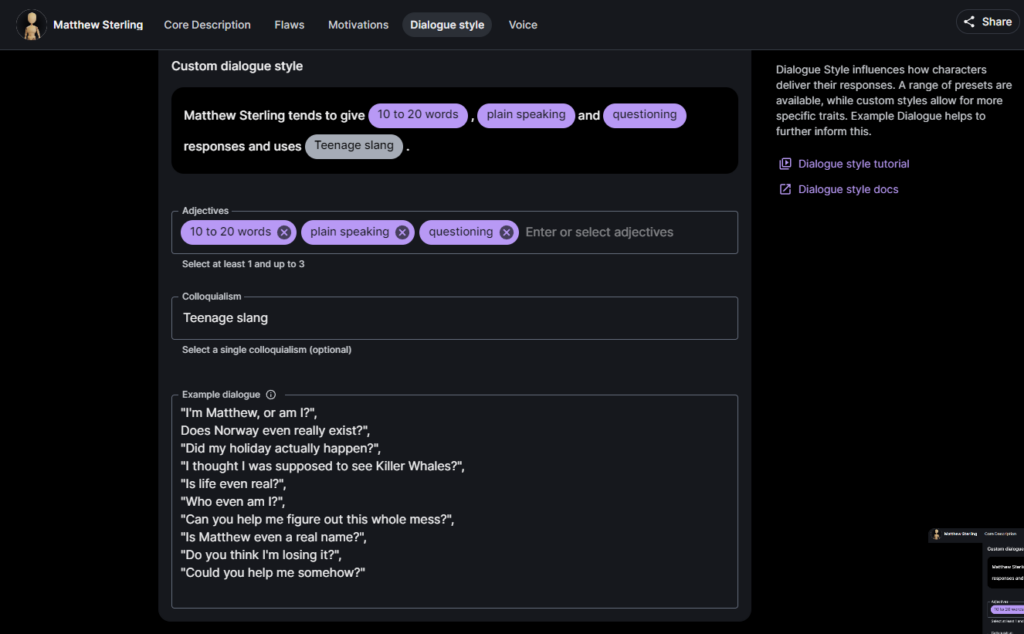

I was not only my responsibility to prompt characters, but also to eventually train our own models to do this programmatically.
Being the UXD-focused designer that I am, I made sure to reflect on the emotional impacts these newly prompted characters have on players as well.

[Insert gds pitch: Premise]
[Insert gds pitch: Mechanics]
